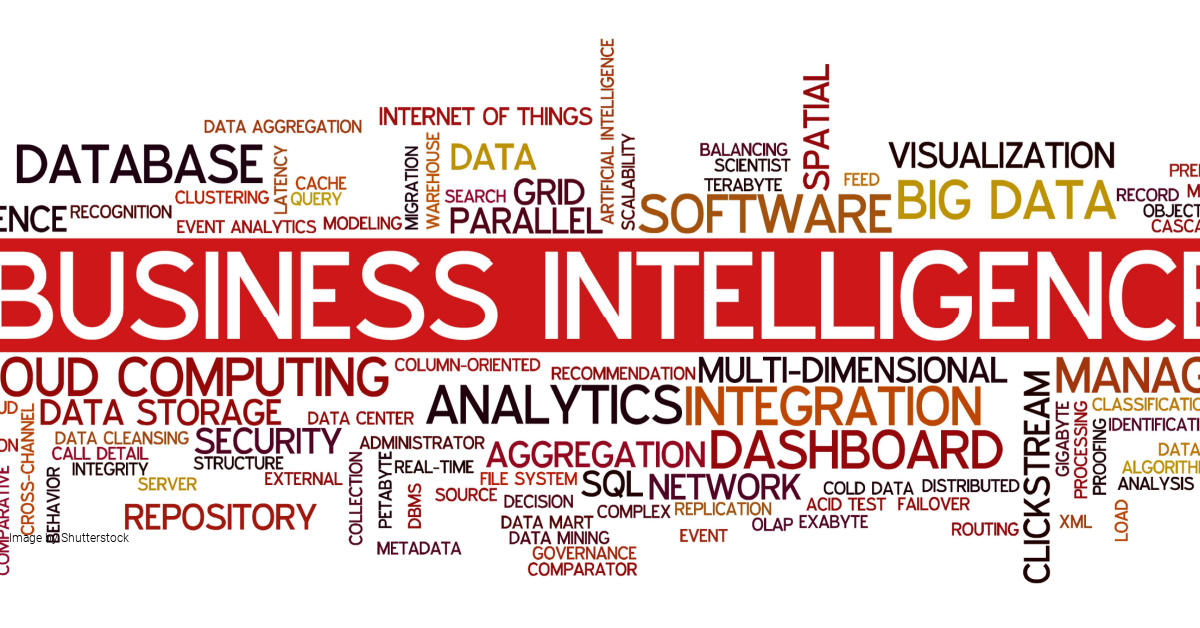Changing Scenario of Business Intelligence Tools in 2023
- July 18, 2023
- Posted by: Aanchal Iyer
- Category: Business Intelligence

All businesses are data businesses, and any data business needs to leverage analytics to enable decision-makers to make the best decisions. To remain competitive, extracting value from data is imperative for most businesses. Today, almost all business strategies mandate data within their organizations.
Modern BI tools offer opportunities to unearth new insights, efficiencies, and innovations. This helps organizations become more efficient in the manner they operate on a day-to-day basis. In fact, the BI market is expected to be worth close to $43.03 billion by 2028.
2023 Business Intelligence Trends
Like all other technologies, BI trends continue to grow and evolve. Previously, BI was limited only to spreadsheets overflowing with numbers. However, today, technology enables insightful visualization and instant action. Let us take a look at some of these trends and see how these trends can be incorporated across your business.
Artificial Intelligence (AI)
AI and BI are equally transformative and have always been used separately. Not anymore. Organizations will now integrate both these technologies to unearth deeper insights and enable better decision-making. The combination of AI and BI can help identify and automate businesses and IT processes while ensuring scalability and agility with minimal human intervention. Such capabilities, reduce human stress and help speed up the data analysis process, making it efficient and error-free.
Real-Time and Predictive Analytics
Businesses will also use a combination of real-time and predictive analytics to analyze data. This combination helps organizations identify threats and modify responses in real-time according to situations. Other advantages include optimization of current operations and enabling innovation by discovering better insights and implementing better processes.
Augmented Analytics
According to Markets and Markets, the global augmented analytics market size will reach USD 18.4 billion by 2023. This leverages the power of machine automation and AI by transforming the data generation process and sharing valuable insights. The evolution of natural language query capabilities scales BI among business users. Also, offering analytics is a vital function for BI vendors.
Data Quality Management
At present, all businesses have abundant data coming in from everywhere and it has become essential to evaluate data quality before leveraging it. Low-quality data can cost businesses close to $9.7 and $14.2 million per year. Thus, data quality management is a significant trend. Poor quality of data can lead to poor consumer behavior assessment, incorrect evaluation of conversion rates, poor marketing budgets, improper resource allocation, and other errors that can harm businesses. Data quality management ensures that businesses utilize appropriate data for analytical purposes to make data-driven decisions.
Data Democratization
Much of the new BI technology helps non-technical staff understand the data they are working with. Data democratization here, is an alternative to traditional data analytics operations. Data democratization will make business data accessible to all levels of the organization and not just to analytics teams.
Collaborative BI
This feature involves the combination of BI and other technological tools which facilitate and streamline data-driven decisions. Sharing data and reporting data also become easier, thus allowing effective decision-making. Collaborative BI involves all people in the decision-making process and prevents individual conclusions. In 2023, technology will encourage collective problem-solving for all organisations, especially small and medium enterprises.
Embedded Analytics
Different BI components such as dashboards and reports have excellent potential. Once embedded in applications, they can enhance a business decision-making process and productivity. According to reports, this segment will grow to about $77.52 billion by 2026, with a CAGR of 13.6% from 2017. Embedded dashboards have great potential as they offer better value within their applications. Businesses can generate sales reports or send multiple dashboards to clients with the help of embedded analytics. This is now becoming a standard norm in business operations.
Conclusion
The BI landscape is fast changing and is being defined by the trends in business intelligence as mentioned above. Businesses that want to remain on the good side of digital disruption must move fast and get serious about embracing BI trends. This will help them strengthen their foothold in today’s dynamic and competitive business environment.
